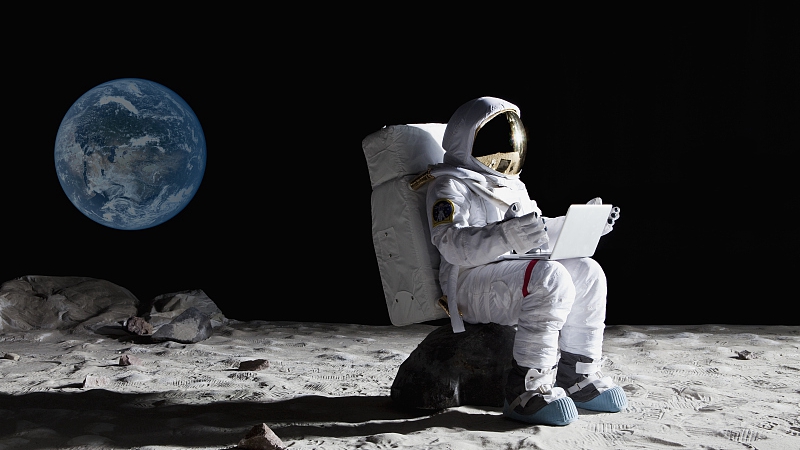
Nokia says it has been tapped by NASA to build the first cellular communications network on the moon.
The Finnish equipment manufacturer said it was selected by NASA to deploy an "ultra-compact, low-power, space-hardened" wireless 4G network on the lunar surface, as part of the U.S. space agency's plan to establish a long-term human presence on the Moon by 2030.
The $14.1 million contract, awarded to Nokia's U.S. subsidiary, is part of NASA's Artemis program which aims to send the first woman, and next man, to the moon by 2024.
Nokia's network equipment will be installed remotely on the Moon's surface in late 2022 using a lunar hopper built by Intuitive Machines, Nokia said. The equipment includes a base station, antennas and software and is designed to withstand harsh launches and lunar landings and extreme conditions in space.
"The network will self-configure upon deployment," the firm said in a statement, adding that the wireless technology will allow for "vital command and control functions, remote control of lunar rovers, real-time navigation and streaming of high definition video."
"Reliable, resilient and high-capacity communications networks will be key to supporting sustainable human presence on the lunar surface," Nokia's chief technology officer, Marcus Weldon, said.
The 4G equipment can be updated to a super-fast 5G network in the future, Nokia said.
In all, NASA announced last week it would distribute $370 million to 14 companies to supply "Tipping Point" technologies for its mission, which include robotics and new methods of harvesting the resources required for living on the moon, such as oxygen and energy sources.
The bulk of the funding went to companies researching cryogenic propellants, freezing liquids used to fuel spacecraft.
Among them, Elon Musk's SpaceX received $53.2 million for a demonstration of the transferring of ten metric tons of liquid oxygen between tanks on a starship vehicle, NASA said.
Source(s): AP
,AFP